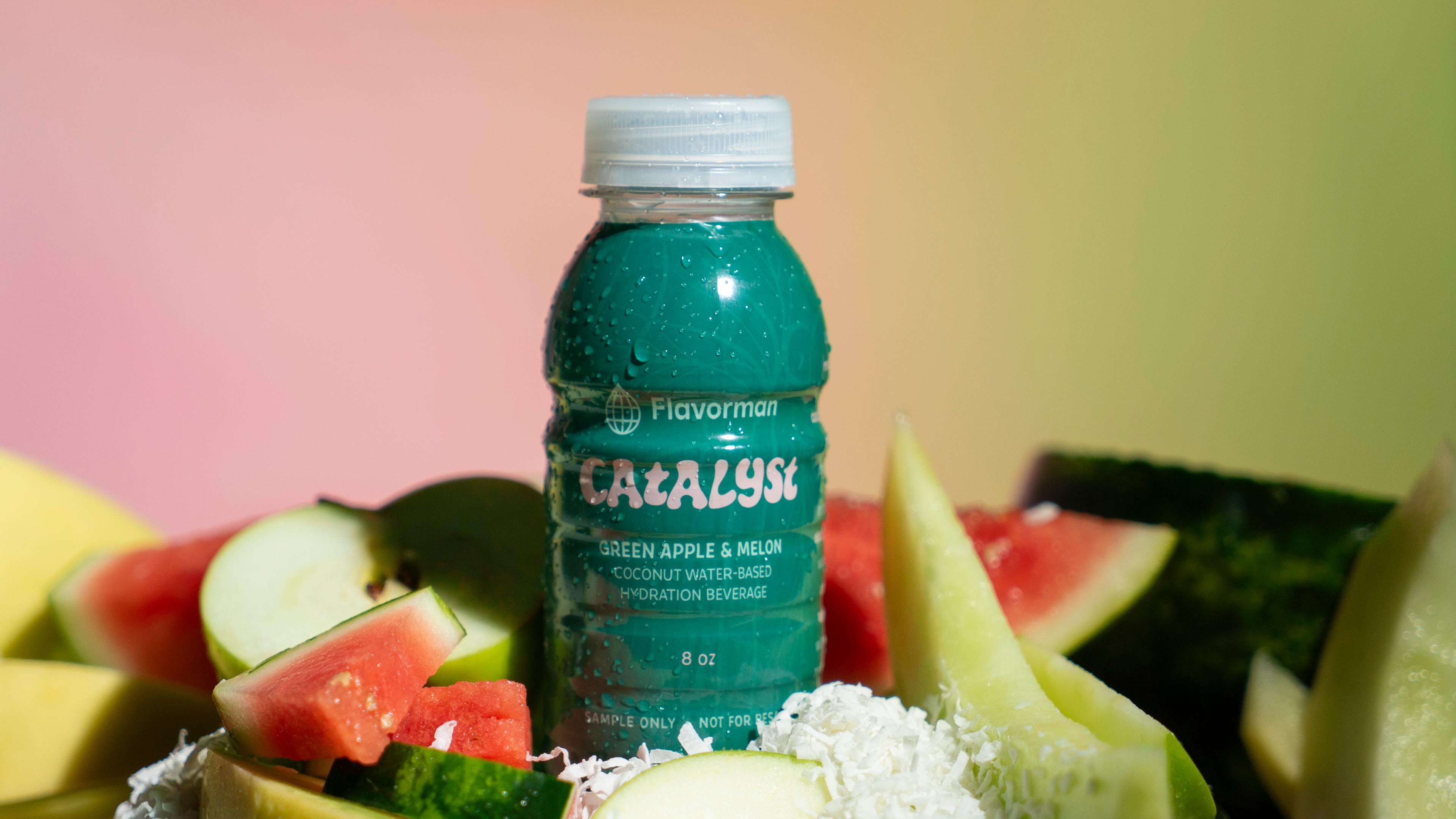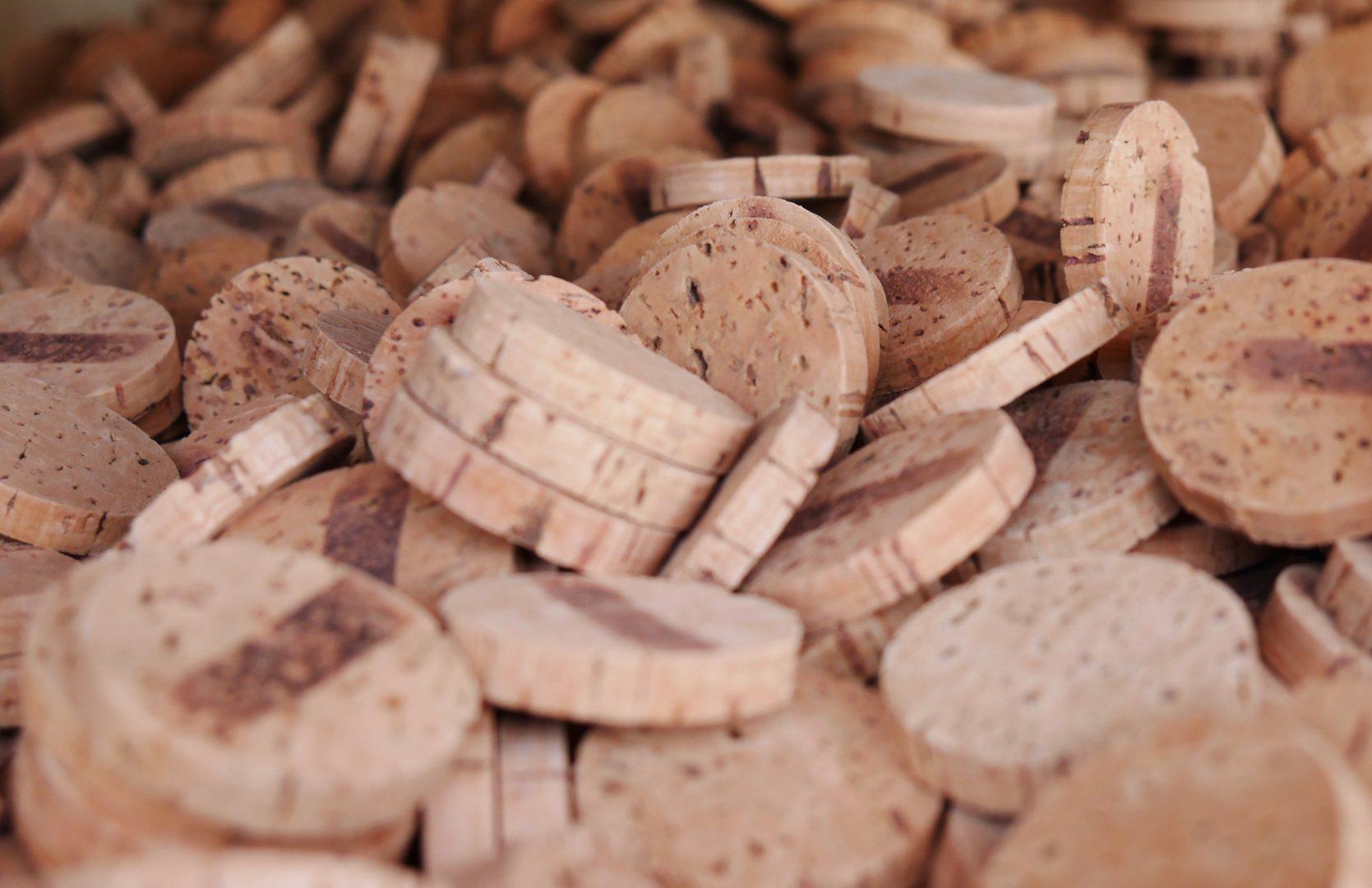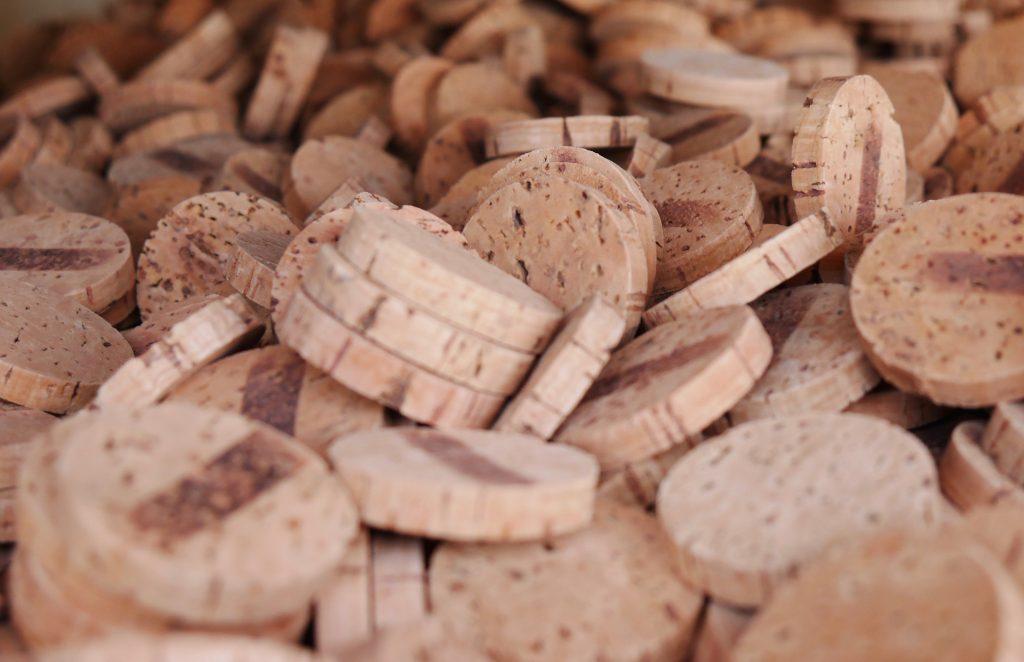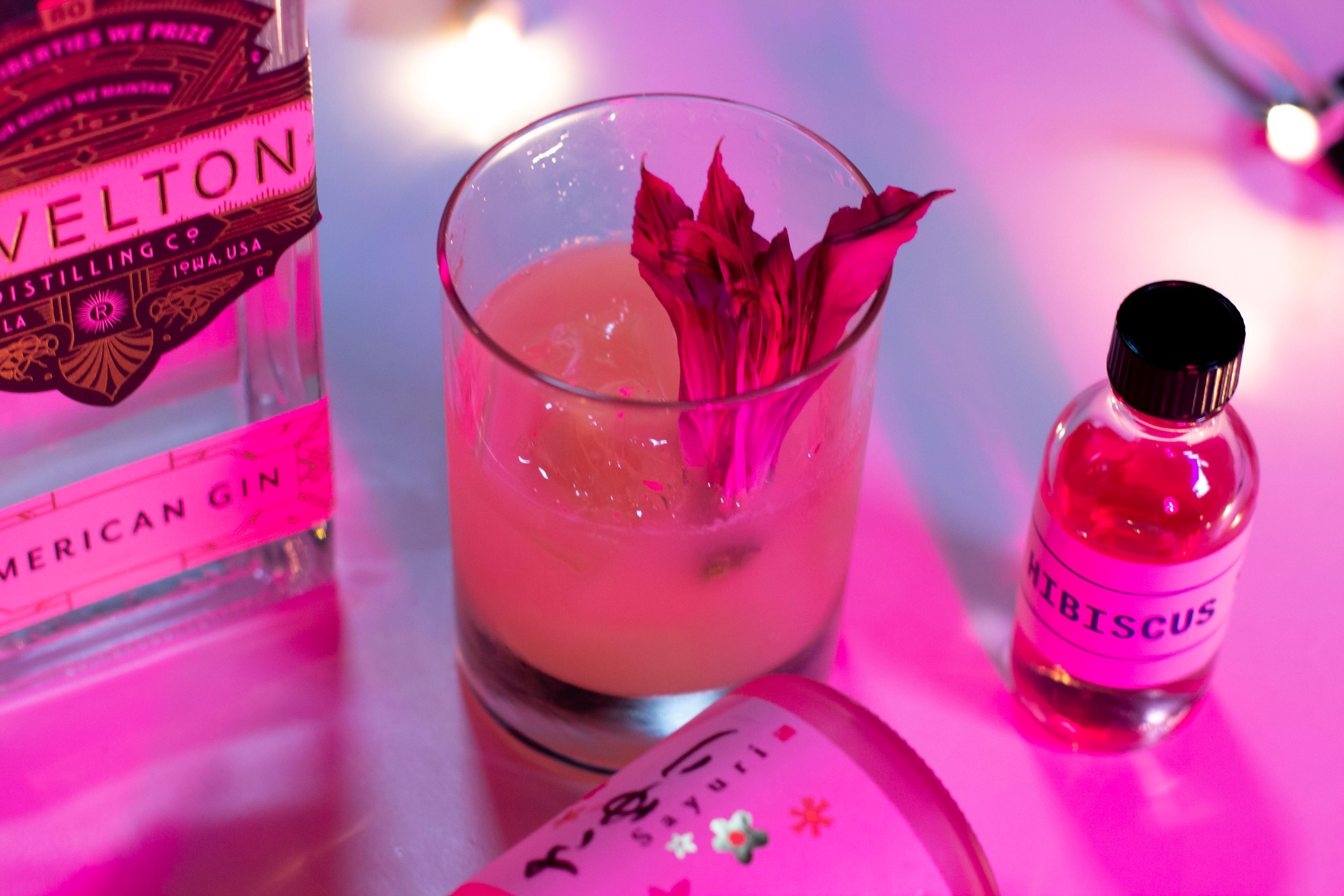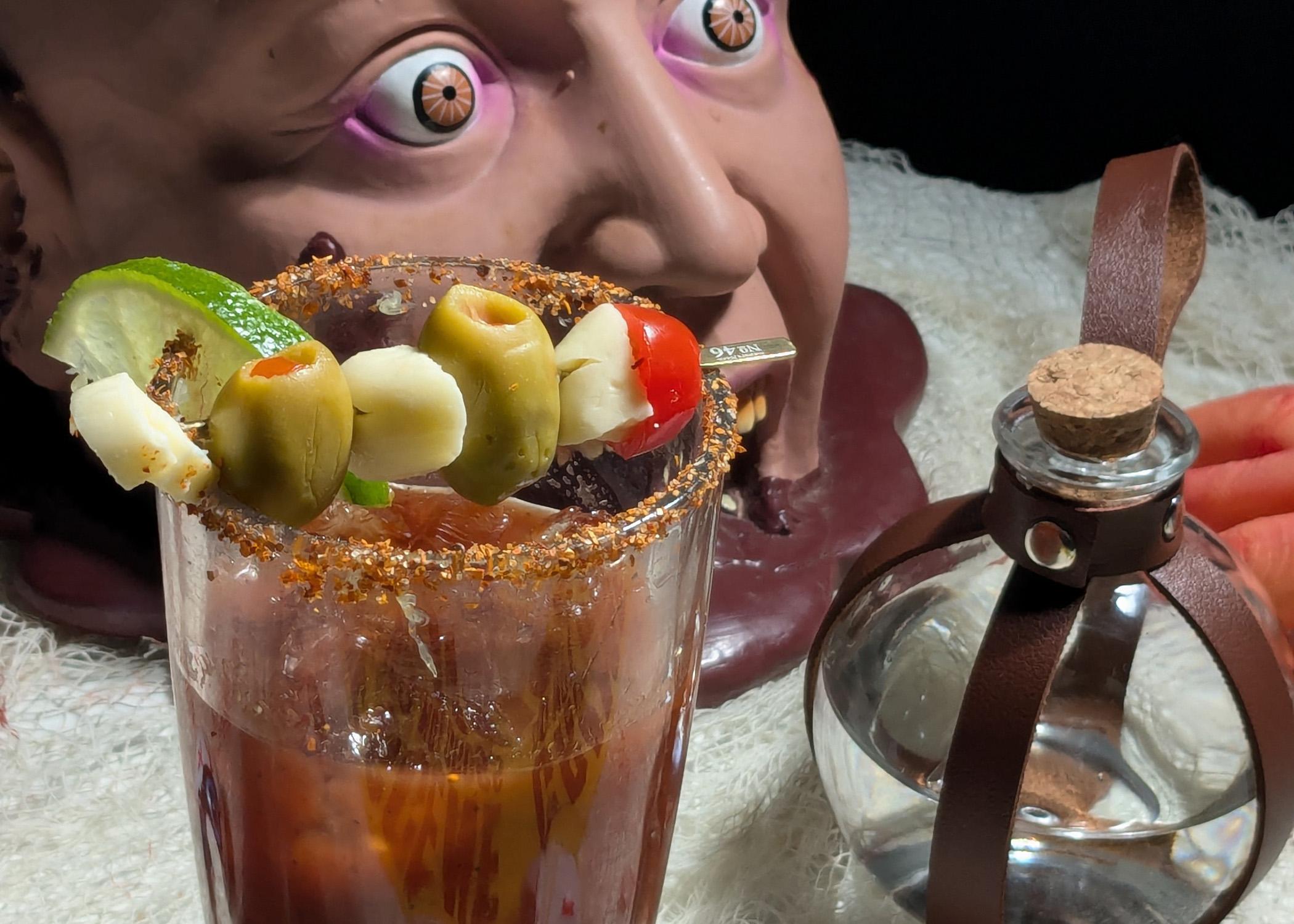Q: Why does it matter how wines and spirits are sealed?
A: When beverages are bottled, they are sealed with the intention of preserving their flavor and maintaining the longest shelf life possible. Many wines and spirits require some aging to improve their overall flavor.
Take wine for example: the aging process includes the reaction between fruit acids and alcohol, and oxidation occurring over time to produce a desired flavor. When oxygen interacts with the wine, it can expose different flavors and aromas that were not previously present. Oxidation can produce a nutty aroma in red wines, but can compromise the light aroma of fresh white wines. When wines are not exposed to no oxygen under anaerobic conditions, they can develop undesirable aromas. Without the presence of oxygen, smelly thiol compounds will not break down and eliminate the putrid odor. With this in mind, the way a bottle is sealed directly impacts a beverage's flavor.
Q: Where does cork come from?
A: Most of the world's cork products come from raw materials harvested from the Quercus suber tree, also known as the cork oak. These trees, which grow primarily along the coast of the Mediterranean Sea, have evolved with a thicker outer layer of cork bark than other trees, all thanks to the harsh conditions in which they grow. Luckily, cork is a natural ingredient that can be collected sustainably without killing the host tree. As long as the inner layer of bark is not damaged in the process, 25-year-old cork oaks can be stripped of their cork layers every 8 to 14 years. After harvesting, large slabs of cork are boiled and the rough outer layers of bark are cut away. These softened slabs of cork are then punched with holes to produce the plugs used for sealing bottles. The leftover scrap cork can then be recycled into other products.
Q: What makes cork an ideal sealant for wines and spirits?
A: While other materials like synthetic cork, plastics, and glass are also used to seal products in the beverage industry, cork's unique qualities - it's lightweight, soft, and buoyant, impermeable to gas and liquid, and resistant to rot, fire, and termites - make it a go-to material for sealing wines and other spirits. Cork not only maintains the beverage's shelf life, but also effectively passes small amounts of oxygen through the bottle without tainting the flavor of the wine or spirit contained. Because glass bottles inherently pass no oxygen, a cork is an essential component that develops the aging aroma and flavor that consumers enjoy in their favorite wines and spirits.
Have a great drink idea? Flavorman can help you bring it to life. Give us a call at (502) 273-5214 or contact our team through this webform.
Related Content
These Are the 3 Biggest Obstacles Facing CBD Drink Companies Right Now
Why You Should Swear Off Sipping Through Plastic Straws
6 Questions to Ask Yourself Before Creating a CBD Drink
